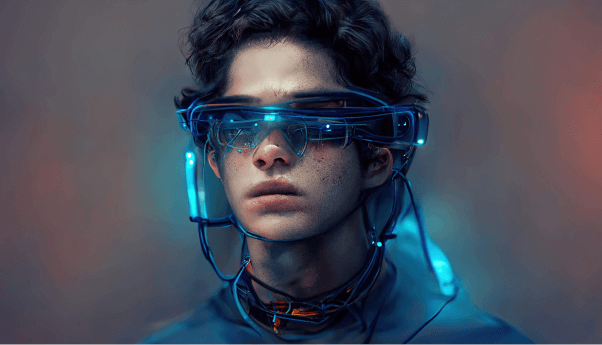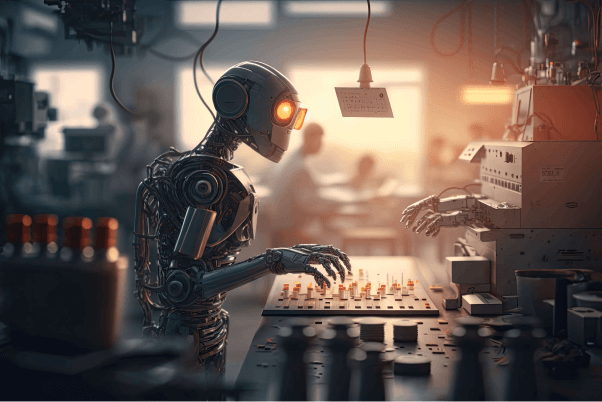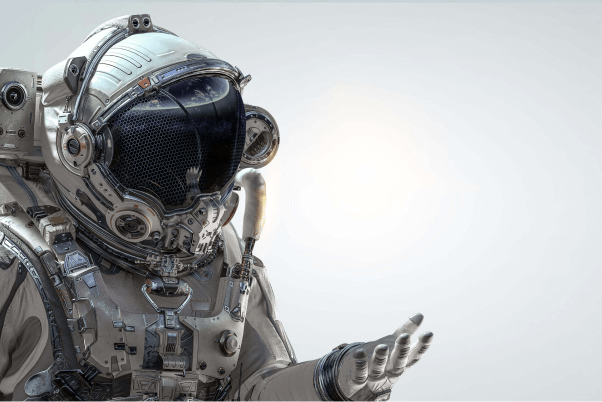
By Henry William On 24-11-2023 at 2:07 am
Computer vision with AI and ML
Computer Vision with AI and ML combines the fields of computer vision, artificial intelligence (AI), and machine learning (ML) to enable machines to understand and interpret visual information. It involves developing algorithms and models that can analyze images or videos, and perform tasks such as object recognition, object detection, image classification, and semantic segmentation. By utilizing deep learning techniques, particularly convolutional neural networks (CNNs), computer vision systems can automatically learn and extract meaningful features from visual data. The applications of computer vision with AI and ML are vast, ranging from autonomous vehicles and surveillance systems to medical imaging analysis and augmented reality. This field continually evolves through research and advancements to improve accuracy and expand the capabilities of visual understanding by machines.
Computer Vision with AI and ML is a specialized field within the broader domain of artificial intelligence and machine learning. It focuses on developing algorithms and systems that enable computers to understand and interpret visual information from images or videos. Heres a summary of what computer vision with AI and ML entails:
Image Understanding: Computer vision aims to teach machines to understand and interpret images in a manner similar to human visual perception. It involves tasks such as object recognition, object detection, image segmentation, and image classification.
Feature Extraction: Feature extraction is a crucial step in computer vision. It involves extracting relevant and distinctive features from images that can be used for analysis and identification. Machine learning techniques, such as convolutional neural networks (CNNs), are commonly employed for automated feature extraction.
Object Detection and Tracking: Object detection involves identifying and localizing specific objects within an image or video. Object tracking extends this by following the movement of objects over time. These techniques are utilized in applications like surveillance systems, autonomous vehicles, and video analysis.
Image Classification and Recognition: Image classification refers to categorizing images into predefined classes or categories. It involves training machine learning models on labeled datasets to identify and classify new images accurately. Image recognition takes this further by recognizing specific objects or patterns within images.
Semantic Segmentation: Semantic segmentation aims to assign meaningful labels to each pixel in an image, effectively segmenting it into different regions based on their semantic content. This technique enables understanding the structure and context of an image, and it is useful in applications such as autonomous driving and medical imaging.
Visual Understanding in Videos: Computer vision extends to video analysis, where algorithms are designed to extract information from video sequences. This includes tasks such as action recognition, video summarization, and object tracking across frames.
Deep Learning and Convolutional Neural Networks (CNNs): Deep learning, particularly CNNs, has revolutionized computer vision. CNNs can automatically learn hierarchical features from images, enabling more accurate and robust visual analysis and recognition.
Applications: Computer vision with AI and ML has numerous applications across industries. It is used in autonomous vehicles for object detection and scene understanding, in healthcare for medical imaging analysis, in augmented reality for object recognition and tracking, in retail for visual search and recommendation systems, and much more.
Dataset Annotation and Preparation: Training machine learning models for computer vision requires large labeled datasets. Computer vision practitioners often spend significant time annotating and preparing datasets to ensure accurate training and evaluation of their models.
Research and Advancements: Computer vision is a vibrant research field, with ongoing advancements in algorithms, architectures, and techniques. Researchers constantly strive to improve the accuracy, efficiency, and generalization capabilities of computer vision systems.
Computer vision with AI and ML offers exciting opportunities to develop systems that can understand and interpret visual information, enabling machines to see and perceive the world. It has transformative potential across various industries and continues to push the boundaries of what machines can achieve in visual understanding and analysis.

Author
Share on:
Related posts



